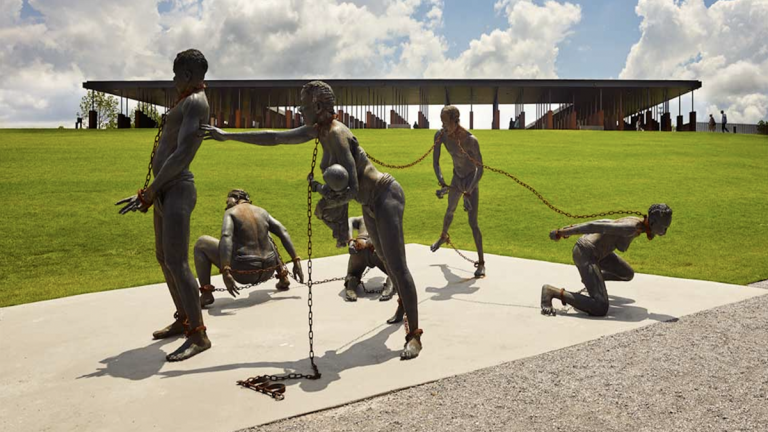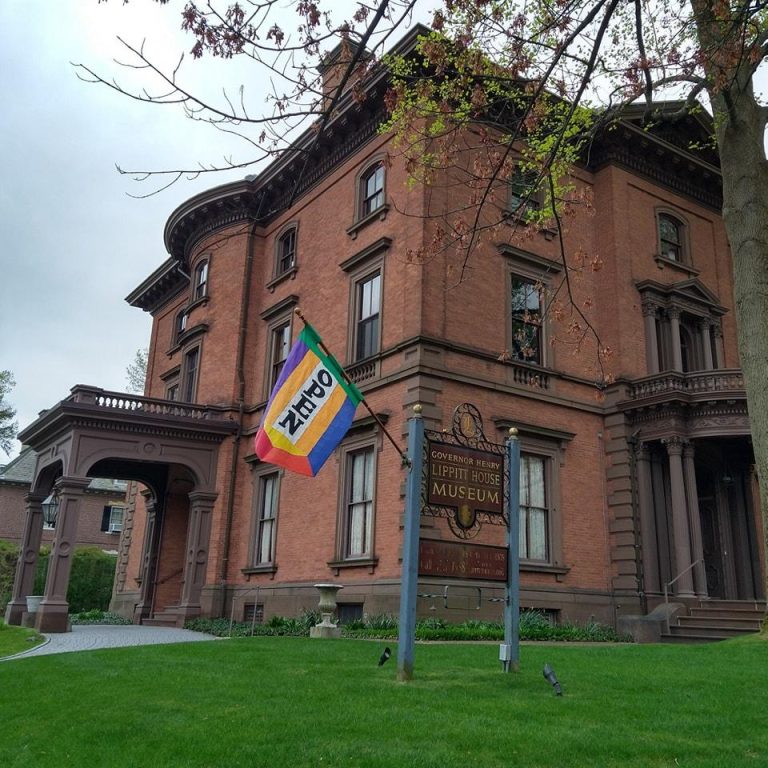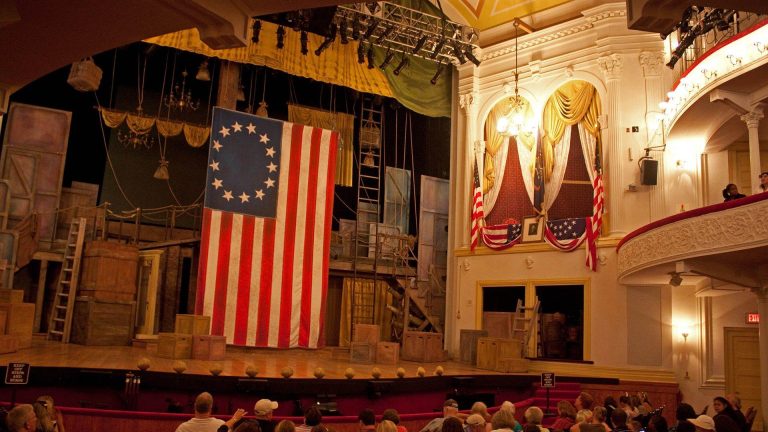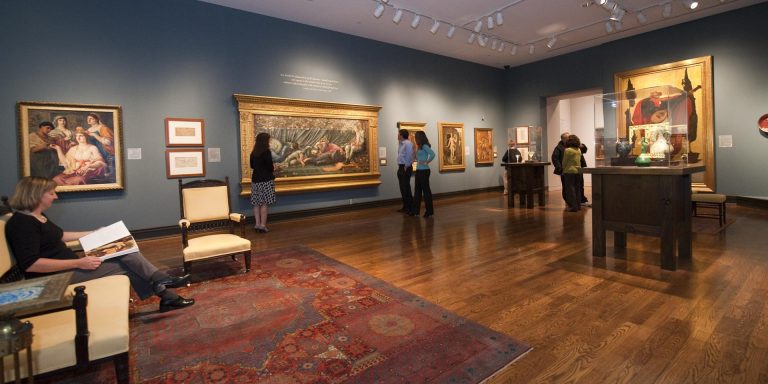Museums seem to have been made for field trips. What better way to understand history than by seeing the actual artifacts or treading the actual pathways that these same people trod decades or centuries ago? But when it comes to STEAM subjects (Science, Technology, Engineering, Art, and Math), museums that adopt a look-but-don’t-touch philosophy are decidedly unsatisfying. To the rescue? Hands-on interactive museums that encourage kids to get involved with these core subjects.
Different museums define interactive in different ways. For example, the Dallas Museum of Art offers several interactive programs that motivate students to think and analyze art, decoding the symbolism of some of the objects and comparing different techniques. Kids can even create their art. But get hands-on with the actual art? Sorry, but it’s a close look only, for understandable reasons. Nothing spoils art like hundreds of hands touching it. Science-based museums, however, take interactive to a much higher level; it’s okay to touch and experiment. It’s pretty much the reason to visit.
Interactive museums offer a wide variety of things to do, with activities for nearly every age group. In our list of Texas interactive science museums, you’ll find displays and activities on a range of subjects. So if you’re planning on a student travel outing in the areas of Fort Worth, Dallas, Austin or Houston, these four museums should be on your shortlist.
Children’s Museum of Houston
Best for: Something for all ages, but geared to 12 and under
Details: The Children’s Museum of Houston was ranked Number 1 in the USA by Parents magazine, and its plethora of activities – some directly science-based, some indirectly – are sure to interest any child in your group. For the Pre-K and under crowd, there’s the Tot*Spot, a specially designed area just for them. For school-age kids, there’s a long list of exhibits and attractions in the 14 galleries that make up the museum. These include physically challenging activities, a kid-sized metropolis complete with jobs and a government, workshops for gadget lovers and inventors, and an outdoor station that focuses on the environment and ecology.
Some exhibits have ties or sponsorships; for example, the Chevron Maker Annex encourages kids to delve into technology and engineering by way of 3D printing, robotics, animation, and other disciplines, while the Cyberchase exhibit is a portal into the world of the popular PBS Kids cartoon.
Fort Worth Museum of Science and History
Best for: All ages
Details: The Fort Worth Museum of Science and History is much more than just a few exhibits and activities; it’s a planetarium, an Omni IMAX theater, an Innovation Gallery, and a special museum (the Fort Worth Children’s Museum) for ages 8 and under.
The exhibits available at the museum include visiting shows and permanent residents. Currently, the facility is playing host to the MythBusters traveling exhibit, a museum dedicated to cattle ranchers, an airplane exhibit, and (of course) a dinosaur-themed attraction. The Innovation Gallery is where STEM education (Science, Technology, Engineering, and Math) really shines. This area is recommended for ages 9 and up. It’s split into five studios, each with a theme like Explorer, Designer or Inventor.
Field trips can be arranged for the IMAX theater, the exhibitions or the planetarium. Reservations are required, and groups should be prepared to provide an adequate number of adult chaperones for their visit.
Perot Museum of Nature and Science
Best for: All ages
Details: This museum, located in Dallas, describes itself as a “Living Science Lesson.” Everything, right down to the building itself, is part of the learning experience. In addition to the 11 exhibit halls and six learning labs, there is a special museum for kids from 0 to 5 years and an outdoor play area.
The exhibit themes your group will encounter at this venue include sports and the human body in motion, engineering and innovation, plant and animal life, fossils, weather science, space and introductory geology. And dinosaurs, naturally.
The Perot Museum has flexible, self-guided field trip options that can include time spent viewing films and programs in the Auditorium as well as classroom activities.
The Thinkery
Best for: Ages 10 and under
Details: There are several exhibitions currently going on in this new version of the Austin Children’s Museum. The main gallery is dedicated to the art of the invention, while other spaces introduce kids to the physics of light and water, the science of food, and the marvelous workings of the human body in motion. There’s also a 3-D interactive painting (think a stage set with a few inanimate characters) that kids can use to relate to Mexican-American life and culture in the 1950s. Finally, an outdoor play area and some water-themed exhibits round off the educational offerings. Note: these exhibits do use real running water, so be prepared to get wet. The outdoor areas are closed in bad weather.
This facility is rather new and it can get crowded at times. There’s a strict limit on the size of groups – minimum of 10, maximum of 20 – and on the number of people that can use the museum at any one time. Tours take 90 minutes and the content is based on the age of the kids. While groups containing more than 20 kids are welcome, they will be split into separate groups for the tour. Spanish and ASL interpreters can be made available; mention this when calling for your reservation.
There’s an old adage that says “Show me, don’t tell me.”’ For these science museums, that changes to “Don’t just show me; let me do it too.” It’s a great way for kids to have fun and learn their STEAM subjects.


















